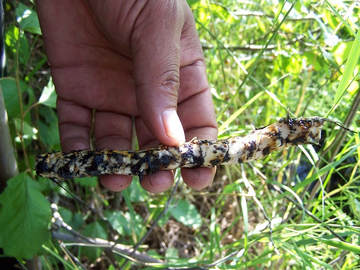Champagne-Aishihik, Yukon

Year(s) Funded: 2014-2015
Topic Area: Traditional Medicine
Website: http://www.cafn.ca Title: Documentation, Mapping, and Identifying Traditional Medicines and the Impacts from Climate Change
Action: Traditional Medicines are an important part of healing and cultural practice of the Champagne and Aishihik First Nation (CAFN) people. This Traditional Medicines Project was developed with the purpose for Champagne and Aishihik people to learn to identify and harvest traditional medicines within their territory. This project allowed CAFN to deliver four Traditional Medicine camps to teach participants where to locate, identify and preserve or make the medicines. The ten camps took place in the following communities: Aishihik, Klukshu, Champagne, Takhini and Haines Junction. Throughout each camp, in each traditional territory, the location of each medicinal plants identified was recorded with a Global Positioning System (GPS). The final portion of this project is to develop a booklet that will have traditional territories mapped out with the location of each medicinal plant and its use. The booklet will also include detailed instructions of how to preserve and make medicines with the plants. Results: Medicinal plants were identified, photographed and locations were recorded using GPS. Traditional medicine teachings enabled participants to identify plants and ensure accurate mapping and waiting for results from botanists experts to document medicinal strength of medicine harvested in spring vs. fall. Preservation efforts and traditional medicine knowledge; marked climate change recorded. Outputs:Developed a booklet mapping out traditional territories with location of each medicinal plant, its use and detailed instructions of how to preserve and make medicines with the plants. |
